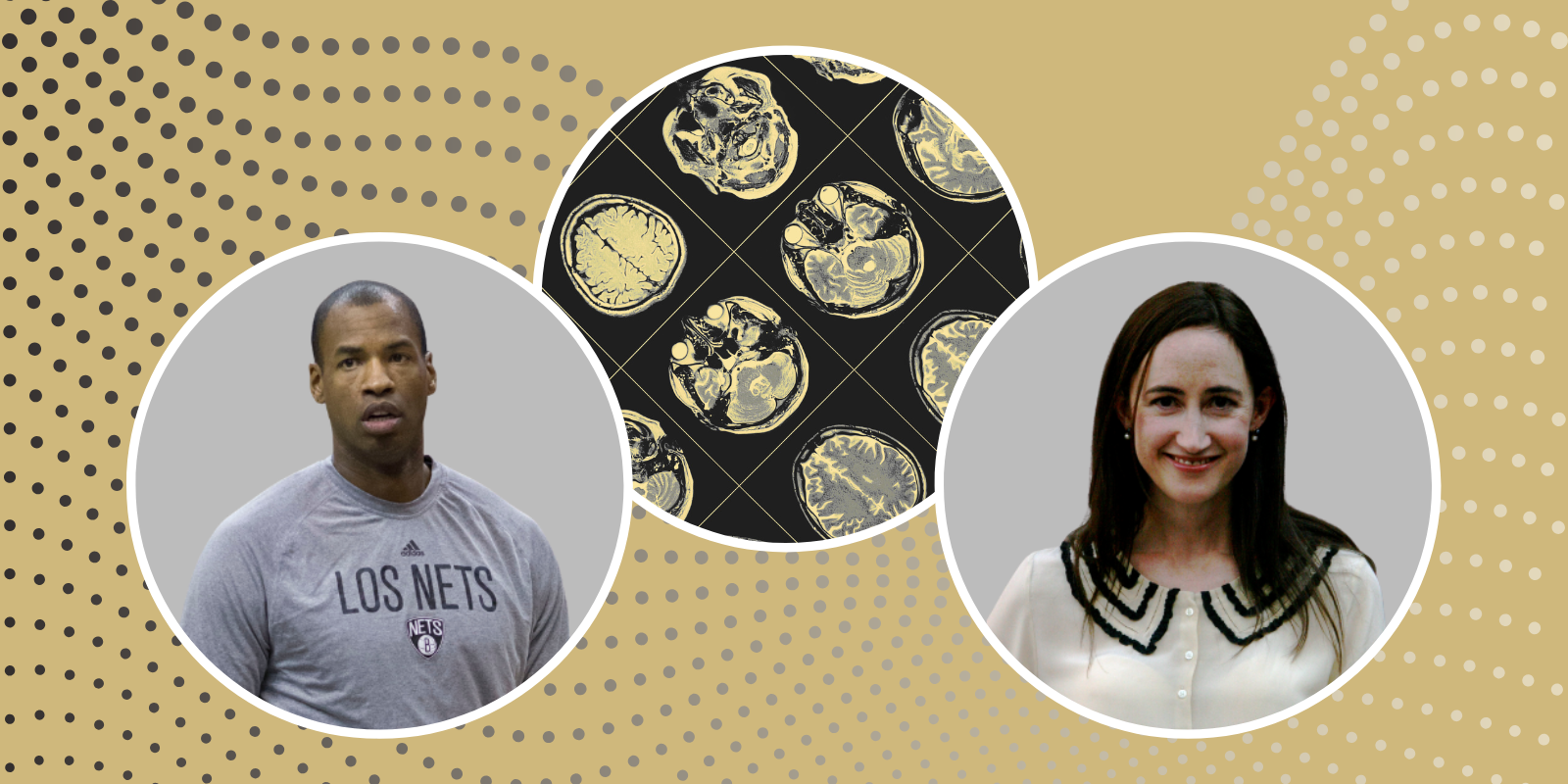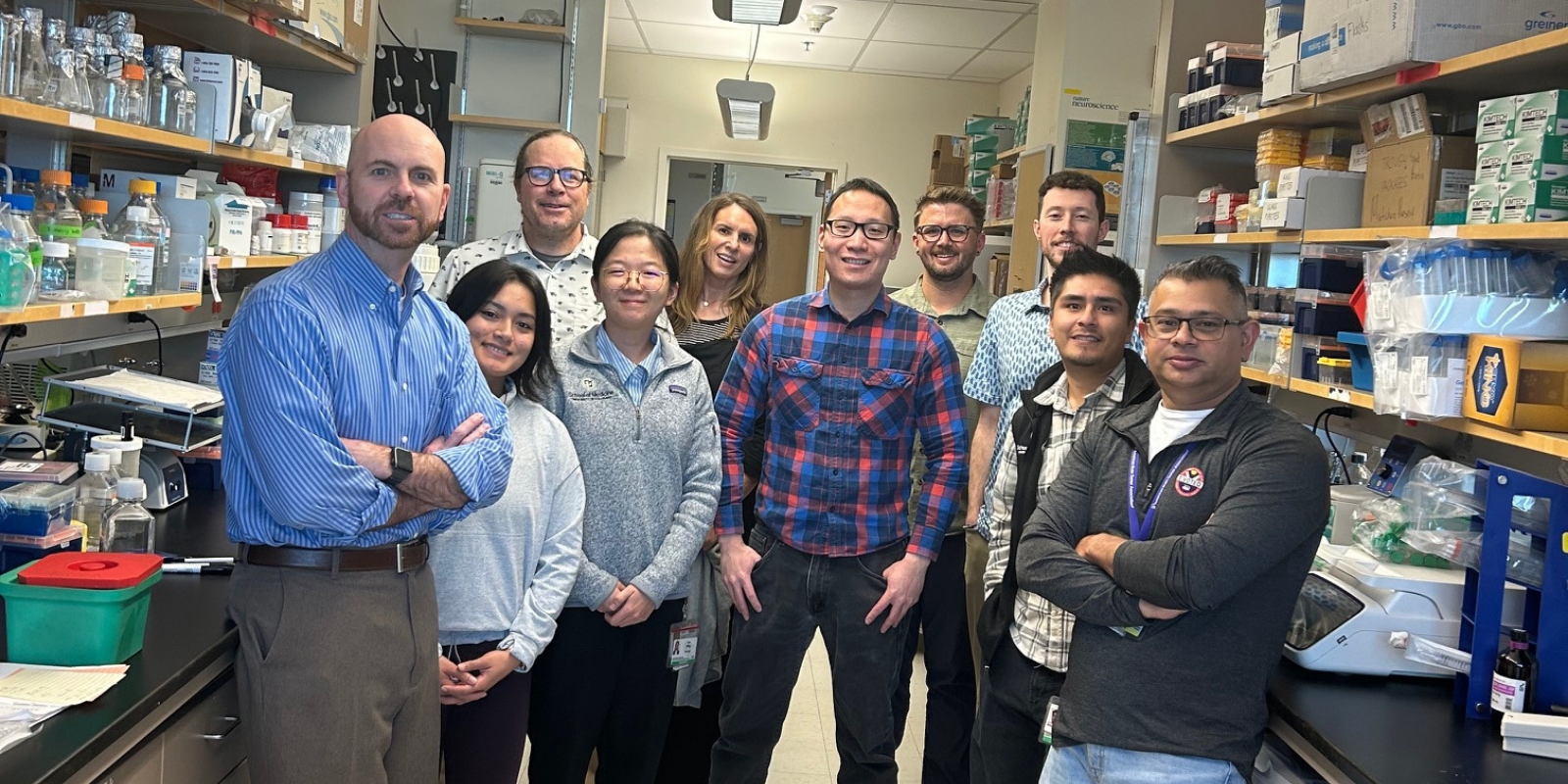One morning at 3 am and fairly early in his neurosurgery career at the University of Colorado School of Medicine, Dr. Kevin Lillehei got a phone call from Moscow. A mother was frantic about her daughter’s brain tumor. The doctors there had told her that the tumor was malignant and nothing further could be done. She wanted to know if Dr. Lillehei (pronounced Lily-hi) would see her daughter, Darya.
The mother brought her toddler to Colorado, where Lillehei and colleague Dr. Ken Winston, a pediatric neurosurgeon, successfully removed the tumor at Children’s Hospital Colorado. The tumor turned out to be benign. The story received extensive coverage in The Denver Post, and for several years afterward, Lillehei received updates from the family. Even Moscow State University sent a letter of commendation to the surgeon for his treatment of the patient. “It was extremely gratifying, to say the least,” Lillehei recalled.
As chair of the University of Colorado School of Medicine Department of Neurosurgery and director of the Neuro-oncology Program, Lillehei and his colleagues see as many as 500 patients with brain tumors a year. In May 2009, Lillehei operated on his 1,000th patient with pituitary tumor, a usually benign tumor type that represents about a third of his practice. He and colleagues, a core group of neurosurgeons and endocrinologists, have developed a clinic dedicated to treating patients with pituitary tumors. Patients have come from as far away as Ukraine, where Lillehei flew to treat the tallest man in the world—8-foot, 5-inch Leonid Stadnyk. The neurosurgeon has a memento of their acquaintance in his office: a shoe measuring 17 inches long.
Lillehei is part of a multidisciplinary team that treats malignant brain tumors. He said the best treatment for all cancerous brain tumors, particularly malignant gliomas, is still a combination of surgery, radiation and chemotherapy.
“Chemotherapy has improved,” Lillehei said, “maybe pushing survival rates up 18 to 24 months, but it’s extremely rare to survive beyond two years.”
One of his former patients, Mary Baird, is one of those rare individuals, “way out on the bell curve” as a 15-year glioblastoma survivor. “She’s doing wonderfully and is clearly in a small, elite group of survivors.”
Research is moving toward finding biologic agents that are less toxic to the brain, he explained. For years, his interest has been immunotherapy, and some early trials have shown promise; two patients have survived grade III tumors for 10 years. Other kinds of tumors, such as meningiomas, can be survived indefinitely if treated properly.
As research to find biological solutions to brain cancers progresses—an endeavor Lillehei said he finds intellectually stimulating—minimally invasive surgery is increasingly common. Lillehei and colleagues have developed a way to remove skull-base tumors through the patient’s nose with an endoscope. Also, in 2007, Lillehei was awarded a patent for the “Surgical Cannula”—a thin tube that enables the surgeon to access deep-seated brain lesions. The team is also using a superorbital technique—making a small incision in the eyebrow—to reach tumors.
Still, some brain tumors require a craniotomy, in which an opening is made in the skull, but those are mostly centered over the tumor with computer guidance, Lillehei explained. And some craniotomies are accomplished using cortical mapping where parts of the brain that control the senses, language, motion, memory and purposeful use of tools are. Patients are awake for the mapping part of procedures (the brain itself has no pain sensors), so surgeons can immediately assess how the brain is responding to the surgery.
As much as Lillehei is interested in the research behind treating brain tumors, for him, “A lot of joy is in direct patient treatment, being involved with patients and their families.” And being a neurosurgeon to whom others will refer patients. “It feels very good to have developed expertise that you can use to really help people.”


.png)
